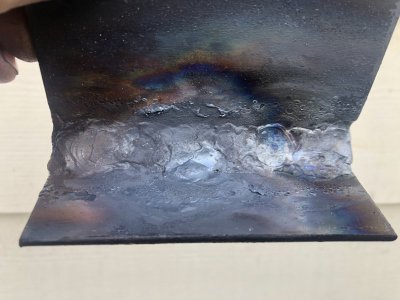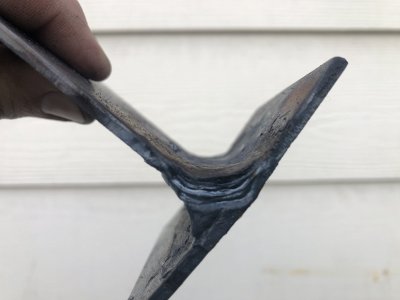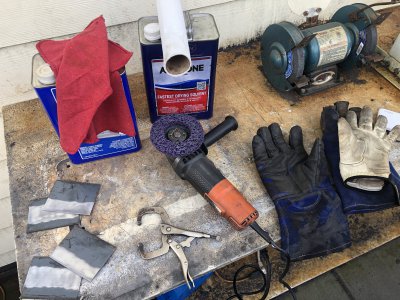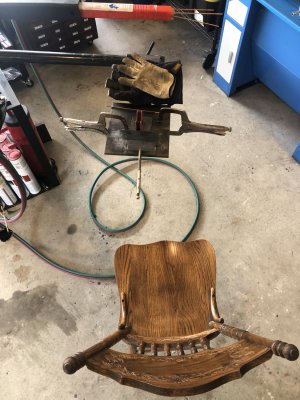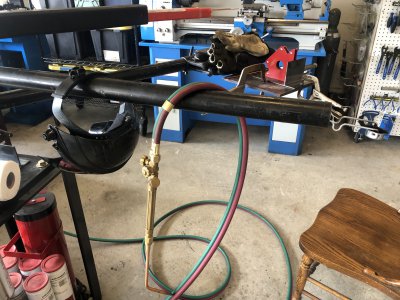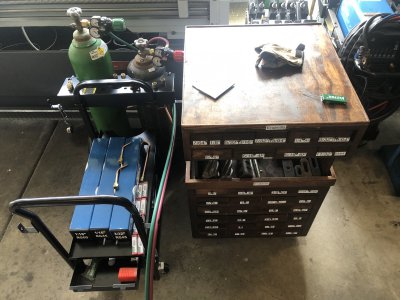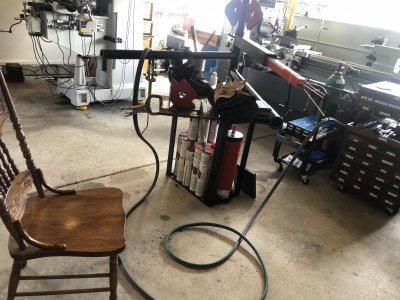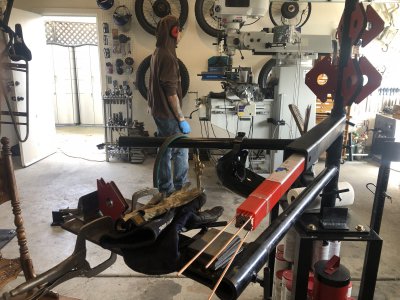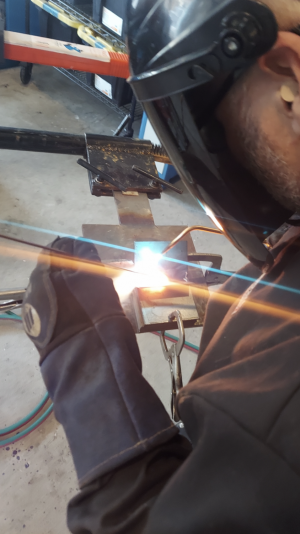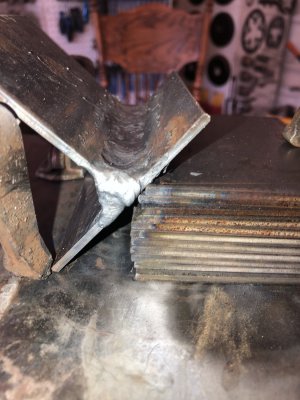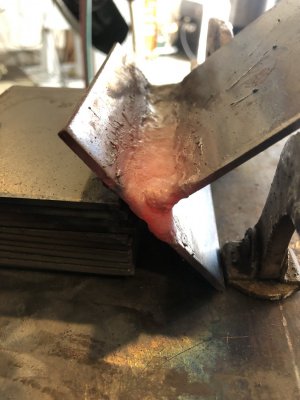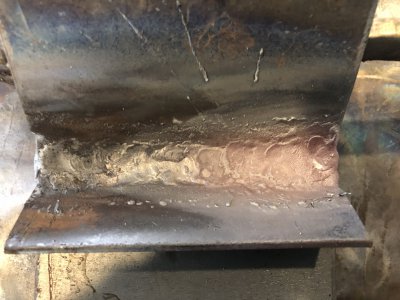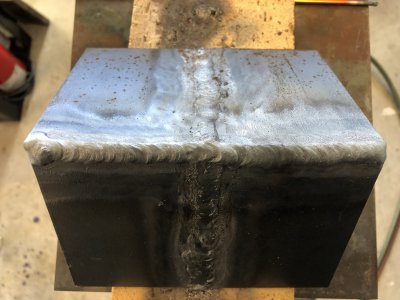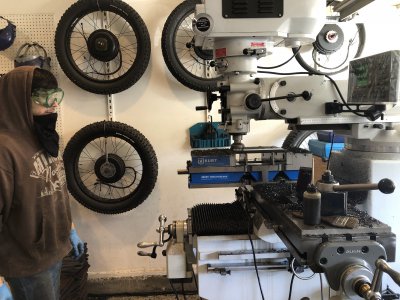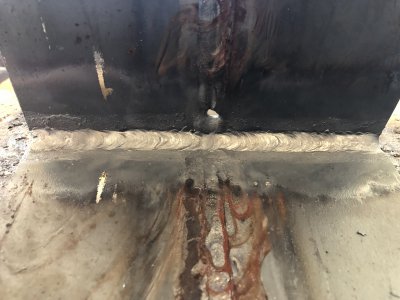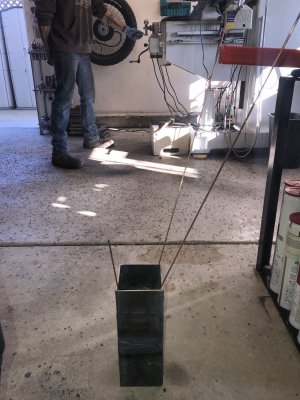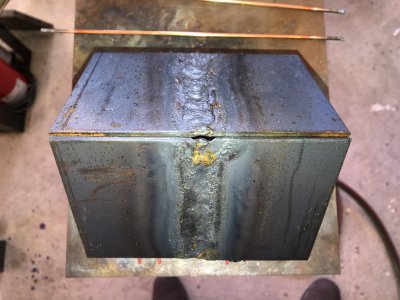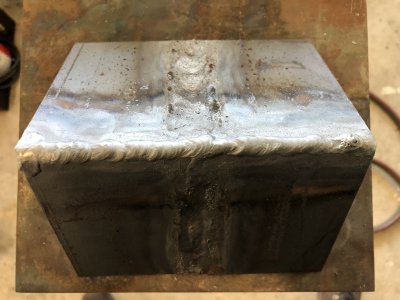- Joined
- Sep 8, 2019
- Messages
- 4,392
I **highly recommend** this video on fillet brazing of this master brazer revealing his tricks!
It covers it all: flame, beautiful & patient brazing technique, braze washing, sanding, & even a destructive test at the end! He achieves both strength & beauty.
I have always been so critical of myself for often washing my welds, as well as grinding & sanding my weld beads. I know that you are expected to do this for brazing, but still, if you want the result to be both strong & beautiful maybe it is okay to wash & grind.
It covers it all: flame, beautiful & patient brazing technique, braze washing, sanding, & even a destructive test at the end! He achieves both strength & beauty.
I have always been so critical of myself for often washing my welds, as well as grinding & sanding my weld beads. I know that you are expected to do this for brazing, but still, if you want the result to be both strong & beautiful maybe it is okay to wash & grind.
Last edited:


